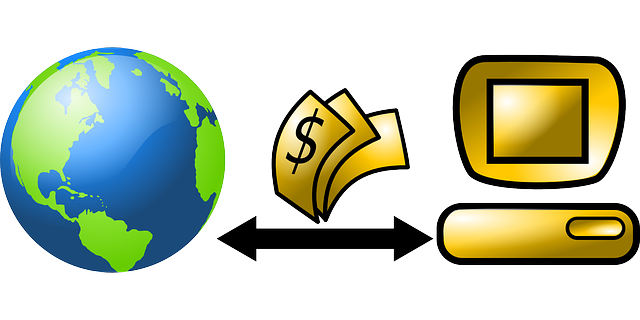Article contributed by Jeffrey Shavitz
I have worked with over 20,000 business owners with the goal of them understanding a crucial element of their business: Credit Card processing.
Total Food Service has asked us to analyze the data from our look at those credit card processing programs with a goal of understanding and bringing some additional savings to your operation in 2023. We’ve found that the pace of life for today’s restaurateur, CEOs and entrepreneurs find them engulfed in putting out the fires of daily operations. Consequently, the attention to credit card transactions and the corresponding costs are not being properly addressed.
It’s obvious that credit card acceptance with the explosive growth of takeout & delivery continues to rise as a form of payment. However, it is important to avoid the pitfalls associated with taking a credit card for payment and understand different issues that will affect your profitability.
The approach, I want you to take is to look at this exercise as the update of a program or system, not just an attempt to find the best price for yet another line item on your restaurant’s P&L. Yes, the word “program” is critical as there are different programs and solutions depending upon the needs of your restaurant. What is your rate is the most common question asked? Yet the “base rate “is only part of the equation. The credit card industry has numerous “hidden costs” which can, and will, inflate credit card costs. When analyzing your credit card statement, there are over 500+ Interchange fees, gateway fees, PCI fees, annual fees, regulatory fees, transaction fees, cross border fees, (and many others) that comprise your “effective rate”.
As more technology and SAAS based solutions enter the restaurant space (i.e. Toast, Lightspeed, Revel, UpServe, Clover, TouchBistro, just to name a few), it is becoming more confusing to analyze credit card fees as many of these above solutions bundle a flat and/or blended rate into their monthly SAAS fee.
It’s easy to jump to the conclusion that all Interchange fees are the same. Yes & No! You can visit Visa and MasterCard and see many published Interchange fees. Yes – these rates are all disclosed in black and white; however, it is important to “optimize interchange” which, in layman’s terms, means ensuring that all transactions are “optimized” and hit the lowest interchange fee. For example, if a consumer pays their restaurant bill on a corporate card vs. a rewards cards vs. a personal credit card will create different fee classes and corresponding costs for the merchant. For instance, are the majority of your transactions swiped (card present) or manually entered, or transacted through a mobile app and/or the internet). Think about your restaurant and determine the percentage of swiped transactions, take-out orders and mobile transactions throughout the month; depending on this blend will determine the most advantageous way to set up your merchant services’ program.
Visa and MasterCard maintain different rate structures for different types …….

